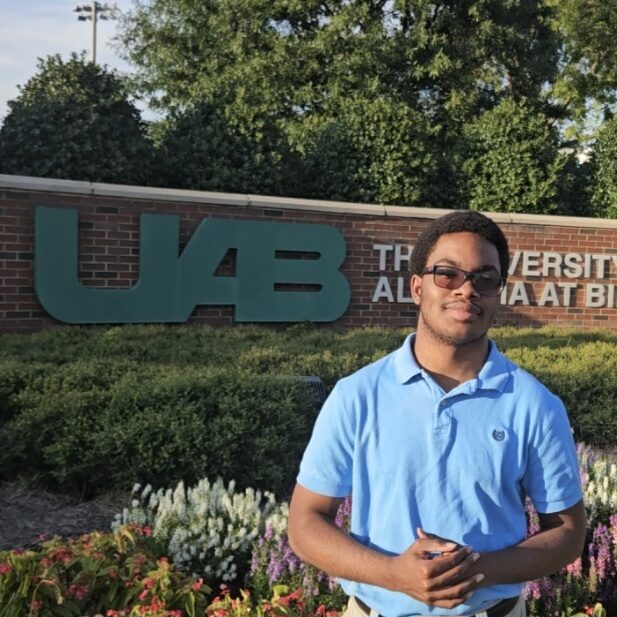The summer is always a great time to get involved in research, whether on campus or off campus. One common challenge, however, is figuring out how to actually become a part of those research opportunities. At the end of this summer, I was fortunate enough to be able to return to the research team I worked with last year. While it was exciting to once again be working on the study (an investigation into the effectiveness of peer coaching on high blood pressure) it was a different experience the second time around. Jumping back into any project can introduce new challenges, and research is no different.
The first challenge in returning to a research project or team is actually getting the opportunity to return to the project. Many research projects end after a few months and many research programs are intentionally designed as one-time experiences. In these situations, returning to work on the same investigation or study simply isn’t feasible. Here, it becomes especially important to sustain the positive connections fostered during your research experience. Maintaining these relationships can help you understand whether the research you worked on will continue, if there are new ways you could work with the research team, or if there are other ongoing projects within the team that could offer new avenues for participation. Maintaining post-research relationships during the semester is something that I worked on last spring and as a result, I was able to jump back into the same research this summer.
It’s important to remember that jumping back into a research opportunity doesn’t always mean picking up right where you left off. The tasks and responsibilities that defined your initial research experience may no longer be relevant or may have developed in new directions. I learned this firsthand when I came back to work with the team at the Heersink School of Medicine’s Division of Preventative Medicine. I started trying to reconcile spreadsheets with the larger database, only to discover that the set of spreadsheets I was referencing were no longer in active use by the rest of the team. I worked on developing one of the team’s manuscripts, but even though I was using the last outline and feedback I had seen, it wasn’t the most up-to-date version. Communicating with the research team to get reoriented on the current status of various aspects of the research project is essential for a smooth reintegration. This summer alongside database reconciliation and manuscript drafting, my work also included participant retention calls and completing interviews with patients. Just like the other tasks I completed I had to refresh my understanding of expectations and goals to make sure that I was staying on track with the project
Equally important is leveraging the experience you gained during your previous research. One of the best parts of returning to a project is that you’ve already completed your “first rodeo”. Many of the unfamiliar hurdles that come from starting any new thing are in your rearview mirror. This allows you to complete routine tasks more efficiently and gives you more time to explore the more complex aspects of the project. It also puts you in a position to help any team members who are new to the project find their footing, because you can model best practices and make sure they aren’t tripping over any of the hurdles you faced.
I think there can be a stigma around returning to the same research. There’s always a drive to try new things and explore new options, and I think that’s rooted in a real desire to understand what methods of research and, more broadly, what topics we find engaging. I also think that part of that drive is connected to external pressure to be a competitive applicant for graduate schools, future internships, and the wider job market. While I wholeheartedly believe that it’s critical to explore new opportunities, I just wanted to share my experience of learning that no two research experiences are the same. I encourage you not to overlook what could be an enriching experience, but instead take full advantage of everything that comes with making that jump and returning to a project.
— Stanley Stoutamire, Jr., Social Sciences Correspondent


